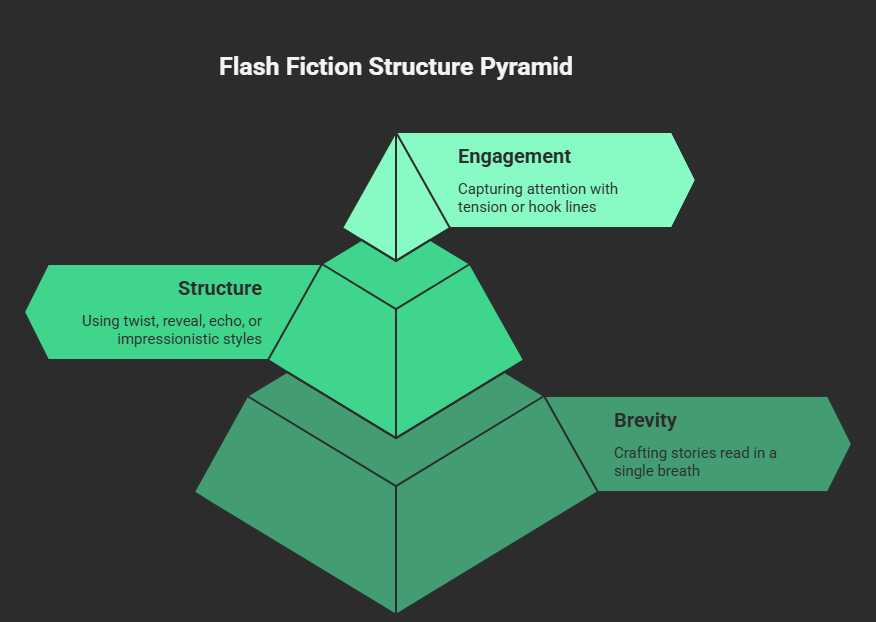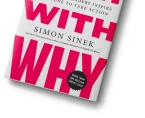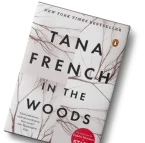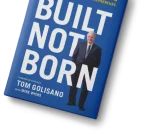
Flash fiction proves that a few well-chosen words can carry the weight of a novel.
If you’re looking to write stories that are short in length but long in emotional or intellectual impact, flash fiction is the perfect genre for you. It forces precision, rewards creativity, and sharpens your storytelling instincts. If you’re an aspiring author or a professional looking to experiment with a new form, this guide will help you master the art of impactful flash fiction while showing you how Estorytellers can turn your raw ideas into polished, publishable pieces that stand out in today’s crowded digital literary landscape.
From writing techniques and structure to real examples and publishing tips, you’ll gain the tools you need to write stories that stay with readers long after the final word. Let’s begin by defining what flash fiction really is—and why it’s more than just a short story.
Want to Write Powerful Stories in 1000 Words?
We guide you to create gripping flash fiction with structure, tension, and emotional punch in tight form.
Start Flash Fiction1. What Is Flash Fiction and Why It Matters
Flash fiction is storytelling at its most distilled form. Typically told in fewer than 1,000 words—and sometimes as few as 150—it captures a single moment, emotion, or idea and delivers it with impact. Unlike traditional short stories, flash fiction doesn’t aim to build expansive plots or sprawling character arcs. Instead, it leans into minimalism, offering just enough to move the reader, leave a lasting impression, or provoke deep thought.
Its growing popularity in the U.S. literary scene, especially across online magazines and social platforms, proves that short-form storytelling is no less powerful than a full-length novel. In fact, the best flash fiction often lingers in the mind longer than stories ten times its length. For writers looking to hone their craft, flash fiction forces you to prioritize clarity, emotion, and theme above all else. It’s a perfect training ground for mastering story mechanics—and a brilliant format for today’s attention-scarce audiences.
2. The Core Elements of Great Flash Fiction
What gives flash fiction its punch isn’t just the word count—it’s what’s packed inside those words. Every sentence must serve a purpose, and every word must carry weight. The best stories introduce a conflict, give readers a glimpse into a character’s emotional world, and offer some form of shift or realization by the end. This could be a twist, a subtle change, or a thematic echo that lingers after the story closes.
Because there’s no room for elaborate exposition, every line must do double duty. Dialogue must hint at backstory. Descriptions must evoke atmosphere and hint at character. And resolution doesn’t always mean a tidy ending—sometimes, a single image or line can suggest volumes. This compact form rewards writers who think in moments rather than plots. Estorytellers understands this challenge deeply and offers writing and editing support designed to bring these stories to life without losing nuance or emotional depth.
Need a Ghostwriter for Flash Fiction?
We write sharp, memorable, and high-impact stories that deliver emotional resonance in fewer words.
Hire a Writer3. How to Structure a Flash Fiction Story

There’s no single structure for flash fiction, but there are patterns that tend to resonate. Many stories start in medias res, with a character already facing a decision or moment of emotional tension. The best pieces waste no time setting a scene. Instead, they open with intrigue and guide the reader toward a moment of surprise, meaning, or emotional resonance.
Some stories use a twist—a final line that changes everything that came before. Others follow a circular structure, where the ending echoes or reframes the opening. Still others rely on suggestion, where readers are invited to fill in the blanks. No matter which technique you choose, the key is intentionality. You must know exactly what effect you want your story to have—and build every word around that outcome.
Writers often come to Estorytellers with raw drafts that are rich in ideas but loose in execution. Through collaborative editing and storytelling strategy, our team helps shape each piece so that structure enhances theme, and brevity becomes power, not limitation.
4. Flash Fiction Examples (Including 150-Word Pieces)
Let’s consider a classic: Hemingway’s six-word story—“For sale: baby shoes, never worn.” It’s an extreme example of minimalism, but it shows how suggestion and subtext can evoke profound emotion. The reader’s mind fills in the missing narrative. That’s the magic of flash fiction.
Here’s an original 150-word flash fiction example that follows a common structural arc:
The museum closed at five, but Clara lingered in the gallery, staring at the self-portrait. The paint had dried decades ago, but the eyes—her grandmother’s eyes—looked back with fresh defiance. She’d always been told the painting was lost in the war. But there it was. No plaque. No signature. Just hung in silence, mislabeled as “Unknown Woman, 1938.” Clara reached out, her fingertips hovering near the canvas. A guard coughed. She stepped back. She wouldn’t make a scene. Not today. But she took a picture. And then she went home. And then she called a lawyer.
This story gives you conflict, stakes, character motivation, and an emotional arc—all in a fraction of the space of a traditional short story. Flash fiction isn’t about being brief for brevity’s sake—it’s about precision, and the power that comes from knowing exactly what to say, and exactly when to stop.
Want to Hook Readers From Sentence One?
Our experts teach you how to start strong and grab attention with efficient, immersive openings.
Craft My Opening5. Writing and Revising Your Flash Fiction
Writing flash fiction isn’t just about trimming down a longer idea—it’s about starting with a concept that’s built for the form. That might mean focusing on a single image, a single decision, or a singular emotional moment. Start with more than you need, then refine until the only words left are the ones that matter.
The revision process is often where flash fiction is truly made. It’s where you strip away excess, tighten rhythm, and clarify your story’s emotional intent. Think like a poet. Cut filler. Replace abstract with concrete. Read it out loud until the cadence feels right. And be brutal. Most flash fiction goes through more drafts per word than a full novel.
Estorytellers offers professional editing packages tailored specifically for short-form fiction. Whether you’re preparing a contest entry or putting together a collection, having an experienced editor challenge your choices and tighten your prose can make the difference between being skimmed and being remembered.
6. Submitting and Publishing Flash Fiction
So you have learned how to write flash fiction stories. Flash fiction is one of the most accessible entry points into the literary publishing world. Dozens of high-quality digital and print outlets—like Smokelong Quarterly, Flash Fiction Online, and Craft—regularly publish short pieces. Many offer feedback, and some even pay. For writers in the U.S., contests like the NYC Midnight Flash Fiction Challenge or the Bath Flash Fiction Award can help you gain exposure and credibility.
But getting accepted requires more than great writing. It requires strategic formatting, polished presentation, and often a clear sense of your writer’s voice. Estorytellers can assist with everything from manuscript formatting and pitch letters to bio creation and publication tracking. For writers looking to self-publish a flash fiction collection on Amazon or through print-on-demand platforms, Estorytellers also offers full publishing support—from cover design to metadata optimization—to ensure your work reaches the audience it deserves.
Struggling to Keep It Short & Impactful?
We help you trim fluff and deliver story arcs with precision, clarity, and narrative depth in few words.
Tighten My StoryConclusion: How To Write Flash Fiction Stories
Writing flash fiction challenges you to distill emotion, character, and theme into just a handful of sentences. It forces you to think like both a writer and an editor—to say more with less and leave the reader changed by what’s unsaid as much as what’s written. If you can master flash fiction, you can master story.
But you don’t have to do it alone. Estorytellers offers the creative support, editorial guidance, and publishing expertise you need to make your flash fiction not only impactful, but professionally presented and widely shared. If you’re ready to take your short stories to the next level, whether for contests, publishing, or building your author portfolio, our team is here to help.
For your next step, consider exploring how to turn your best flash fiction pieces into a published collection, complete with cover design, layout, and marketing strategies designed specifically for short-form storytelling.






























